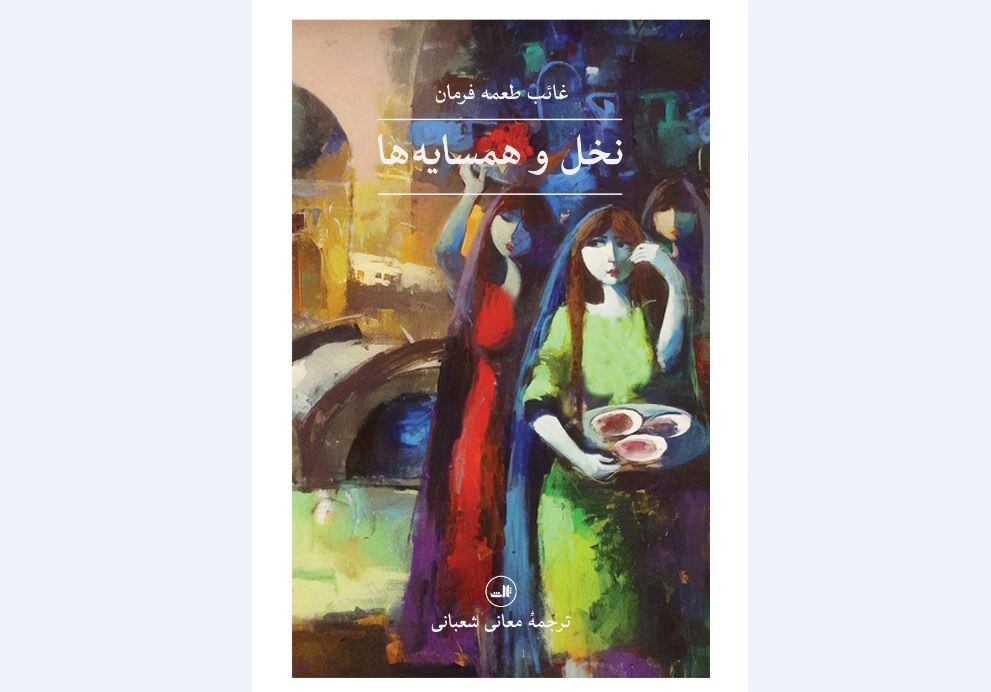“The Palm Tree and the Neighbors” published in Persian

TEHRAN – “The Palm Tree and the Neighbors” by Iraqi novelist Ghaib Tu’ma Farman has been published in Persian.
Originally published in 1966, the novel has recently been released by Iranian publisher Saless. Maani Shabani is the translator of the book.
“The Palm and the Neighbors” was selected as one of the 100 best Arabic novels. The novel was prepared theatrically, presented by the Modern Artistic Theater Troupe, and was at the forefront of Iraqi plays that won the admiration and approval of the audience.
The events in the novel are framed against the backdrop of the effects of the Second World War in Iraq, as the daily life system for its characters is formulated in light of the repercussions of that war in Baghdad, so they appear without a will, and stripped of any positive action, and soon proceed in a state shrouded in despair to closed ends that led to either death, murder or absence.
Thus the novel has raised the issue of the stagnant history of the nation, where hope for change is fading, everything is in a steady decline, as most of the characters surrender to general despair that hangs over them from every side, and the palm tree withers the only one, the house is sold, the stable is demolished, the narrow muddy alleys are almost devoid of movement, and social participation seems paralyzed, even disrupted, as prospects have been blocked in front of marginalized personalities whose will has been restricted by a mysterious party, and have become forgotten.
In this novel, Farman leaves the circles of the educated and the intellectual, their places of work, their coffeehouses and bars. He focuses on the streets and alleys to shed light on the poor: their lives, their suffering, and their social interactions in different religions and communities.
The characters are simple, sarcastic and unforgettable, the language honest and varied, each character speaking in their own distinct voice and dialect.
Shadows of the British Mandate and the social reality of the time are reflected in the symbol of an old, dead palm tree in which the neighbors see something of themselves.
Photo: Front cover of the Persian edition of Ghaib Tu’ma Farman’s novel “The Palm Tree and the Neighbors”.
MMS/YAW
Leave a Comment